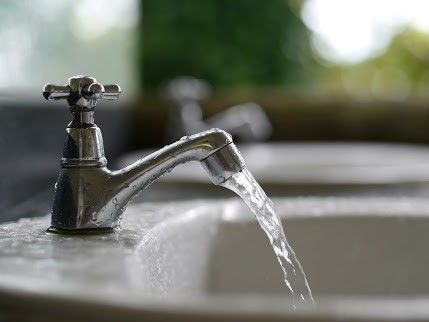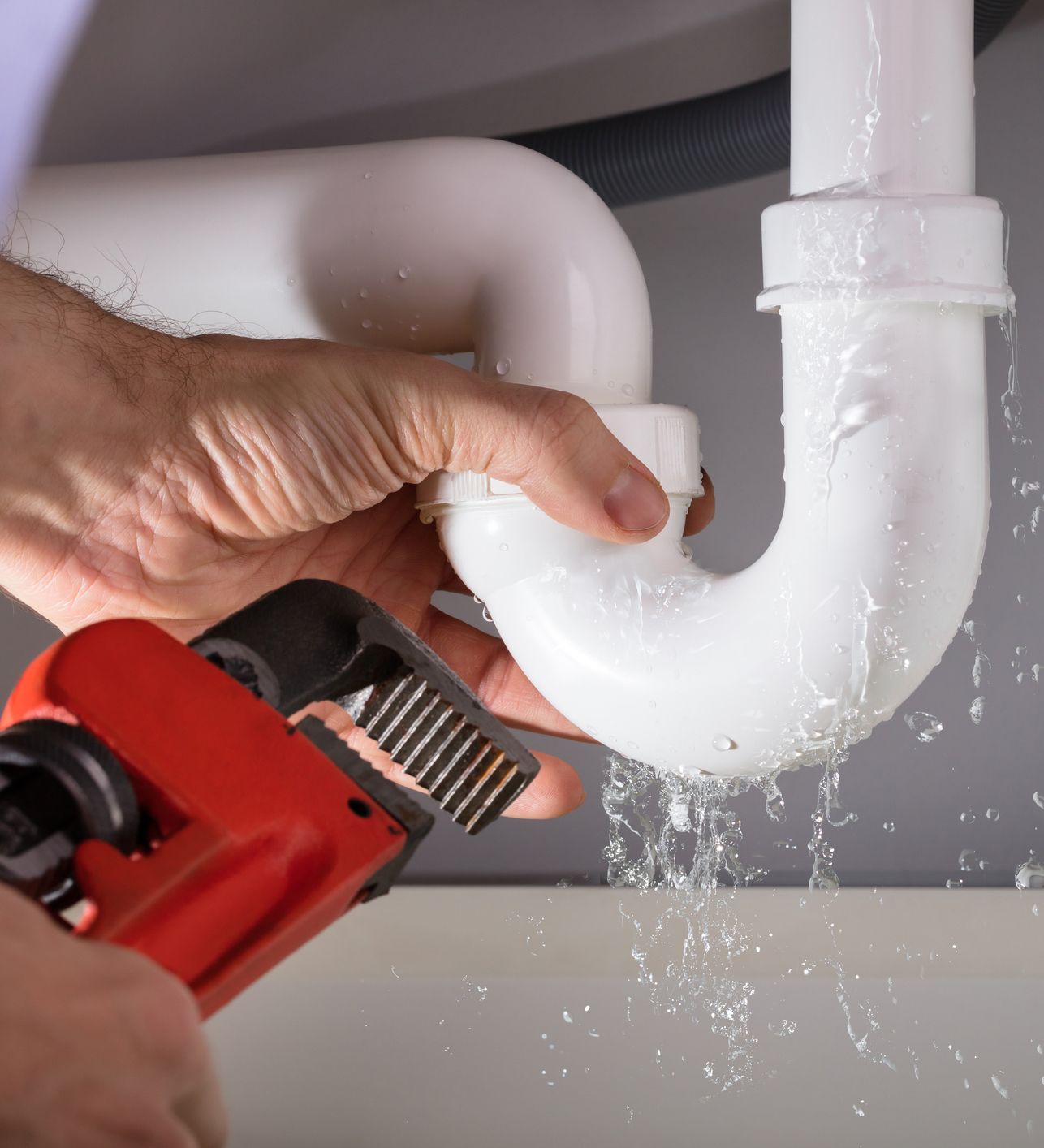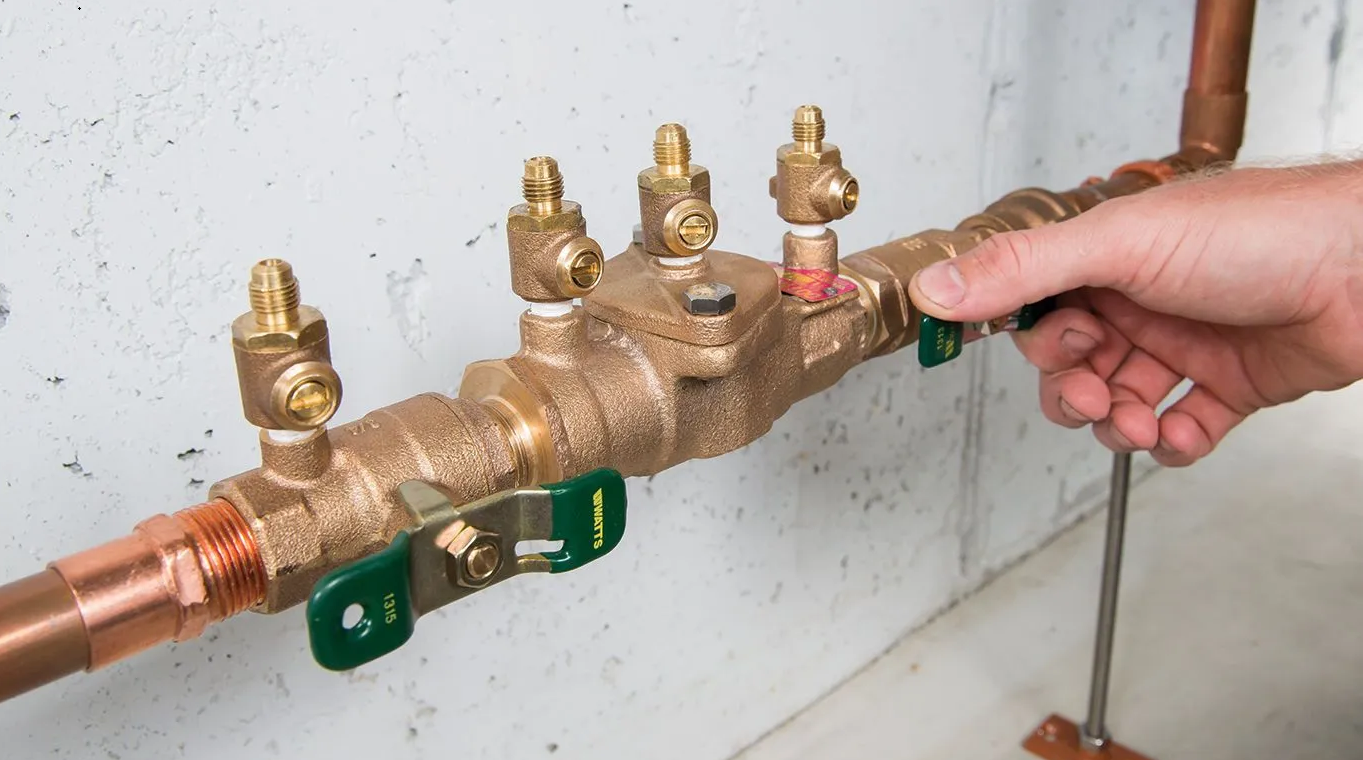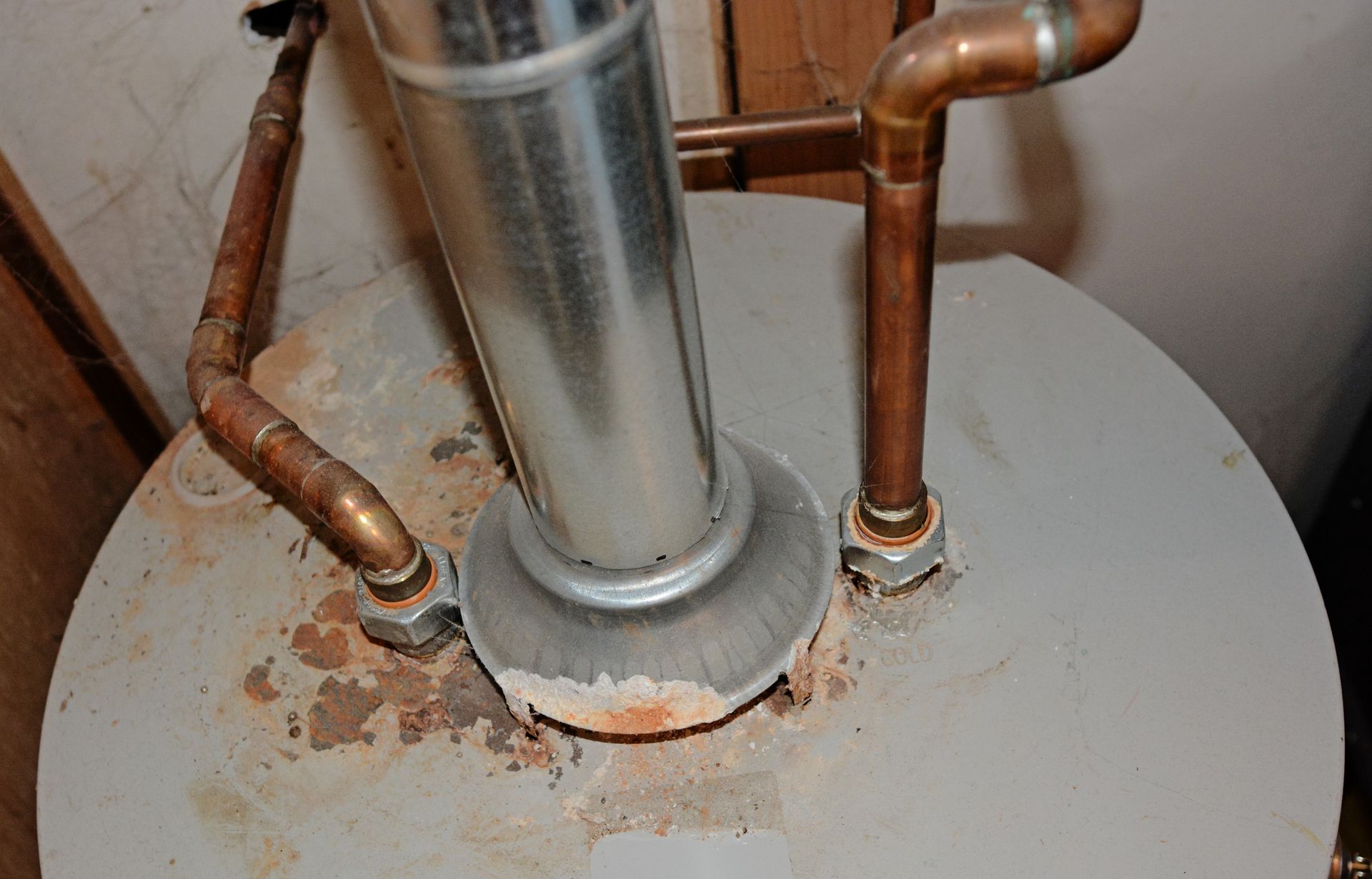6 Common Springtime Plumbing Problems

Spring’s temperate weather can provide welcome relief from the cloudy skies, slick roads, and freezing temperatures of winter. However, the sudden change in weather, especially if you have several warm days punctuated by a cold spell, can wreak havoc on your plumbing system.
In this blog, we list six of the most common plumbing and drainage problems that arise this time of year.
1. Gutter Obstructions
With all the new plant growth in the spring, it’s common for gutters to become obstructed with twigs, leaves, and other organic debris. If these blockages become significant or enter the downspout, they can lead to serious water damage.
Obstructions in gutter troughs can force water to flow over the sides and onto your roof or down the side of your home. If left unaddressed, this type of overflow may cause water damage to your walls and ceiling in addition to staining on your home’s exterior.
In some cases, gutter blockages can cause water to pool unnaturally. Standing water may encourage corrosion, mold development, and pest infestations.
2. Inadequate Water Pressure
While low water pressure can be annoying, it’s usually a symptom of another problem on this list rather than a plumbing problem in its own right. For example, drops in water pressure can result from leaks, which we’ll discuss in the next section.
If you experience multiple instances of low water pressure or your water pressure does not return to normal for several days, call a plumber.
3. Leaky Pipes
Many pipes develop leaks during winter that may not be evident until spring brings warmer weather. This trend comes from the expansion and contraction caused by temperature fluctuations.
In cold weather, pipes may contract or fill with frozen water and crack. When the weather gets warmer, the pipes expand and any new leaks may become larger.
Older plumbing systems and outdoor plumbing fixtures like your hose bib are particularly vulnerable to this type of leak. However, winter weather can crack any uninsulated pipe, including those directly under your sinks.
If you have leaky pipes, you may notice dripping or standing water in the affected area, a higher amount of water usage, or musty odors.
4. Main and Sewer Line Obstructions
New plant life can cause more damage than just filling up your gutter troughs. As trees begin to grow again, their roots may spread out in search of nutrients in the soil. Because your supply and sewer lines contain water, tree roots may intrude through vulnerable pipes.
These obstructions may contribute to water pressure problems, as discussed in section two, and slow drainage, as we’ll discuss in section six.
5. Poor Outdoor Drainage
As snow melts and spring rains fall, you need your property to drain effectively to prevent water from pooling around your home’s foundation. Poor outdoor drainage can lead to sudden flooding, especially if your home has a basement level.
In addition to having your gutters cleaned, you may need to have your exterior pipes inspected and repaired if you notice extensive puddles around your home. If drainage problems persist, a landscaper may be able to recommend solutions that work with your land’s topography.
During the spring, your sump pump is one of the most important protections against flooding related to drainage problems. Learn more about your sump pump’s role in our previous blog, “ Is Your Sump Pump Ready for Spring Rain? Don’t Wait to Find Out. ”
6. Slow Fixture Drainage
One of the most common and perhaps most aggravating springtime plumbing issues is slower draining in sinks, showers, bathtubs, and floor drains. Slow draining can occur for numerous reasons.
In the spring specifically, sudden changes in fixture drainage may point to a root intrusion. If a large tree root has entered a drain line, water may have difficulty getting past the obstruction. In this case, you will likely notice slow water movement in most or all of your drains.
Drainage issues can also occur due to buildup within your pipes. Hosting guests, cooking holiday meals, and other winter activities can contribute to clogs that don’t seem to be a problem until spring. In this scenario, the slower draining may only appear in one fixture or one room, like a specific bathroom.
Because many obstructions occur out of sight and out of reach, it’s important to have a plumber assess and remove the clog by using a power rodding machine with drain cable. Home remedies can damage your pipes and may fail to completely eliminate the obstruction.
If you notice any of these plumbing issues, call an expert from Jim Dhamer Plumbing and Sewer, Inc. for rapid plumbing inspection and repair.
Even if you haven’t noticed any signs of the springtime plumbing problems listed above, spring is a great time for a routine inspection. Consider scheduling an appointment to ensure that your plumbing is protected during the upcoming summer season.
The post 6 Common Springtime Plumbing Problems appeared first on .
Leave A Reply
More Posts









